Have you ever noticed your honey becoming hard and grainy? Some folks think this means the honey is fake or has something unwanted mixed in. But, actually, that's not true! Let's explore why honey sometimes crystallizes and why it's actually a sign of quality.
Why Does Honey Crystallize?
Honey can change from liquid to solid due to its natural ingredients. It's made of sugars and water. When there's a lot of a specific natural sugar called glucose, honey can crystallize faster. The type of flowers that bees visit to make the honey also plays a big role. For instance, honey from mustard flowers crystallizes quickly, while honey from acacia flowers takes a longer time to crystallize.
Crystallization Means Natural Honey
When honey crystallizes, it shows it's natural and pure. Honey is so stable that it can last for a very long time without spoiling. Scientists found honey in ancient Egyptian tombs that was still good after thousands of years, and yes, it was crystallized!
What Causes Honey to Crystallize?
A few factors can cause honey to crystallize:
Flower Type: Different flowers cause honey to crystallize at different rates.
Contents: Things like pollen can act as "seeds" for crystallization.
Cool Temperatures: Honey crystallizes faster when it's cold.
Season: Honey often gets crystallized in the winter. It may or may not get crystallized depending upon the source of nectar from flower.
Storage: If you don't stir or move the honey jar for a while, it can crystallize.
Good News: Decrystallizing is Easy!
But there's great news! If your honey crystallizes, you can easily turn it back to liquid. Just warm it gently by placing the honey jar in warm water. Remember, don't heat it too much, or it might lose some of its healthy properties.
Mustard Honey: India's Misunderstood Treasure
In India, we have a fantastic source of high-quality honey – mustard honey! Unfortunately, many people mistakenly assume that crystallized honey, especially the pale color of mustard honey, is a sign of poor quality. This leads to Indian beekeepers often exporting this valuable honey at low prices to other countries.
Interestingly, similar types of honey, like Manuka honey from New Zealand, are highly sought-after worldwide. Manuka honey is known for its strong, pungent taste and dark color. Yet, even with these bold characteristics and its tendency to crystallize, Manuka honey is celebrated for its potential health benefits and commands a premium price.
This raises a question: if people embrace the unique qualities of Manuka honey, why is there hesitation towards Indian mustard honey? Mustard honey, also prone to crystallization, boasts a milder sweetness and a beautiful pale color.
A simple Google search for "raw honey" in the US brings up a variety of results featuring white, yellow, and crystallized honeys, demonstrating a clear consumer preference for honey in its natural state.
https://www.google.com/search?raw+honey
Sadly, in India, this awareness is lacking, leading to a misconception that crystallized honey is somehow inferior or undesirable.
The truth is, crystallization is a natural process, not a flaw. It highlights the honey's pure, unadulterated state. By recognizing this, we can break the stigma surrounding crystallized honey and open ourselves to the delicious and nutritious honey varieties our country offers. It's time to give our Indian mustard honey the appreciation it deserves!
Spread the Word and Support Local Beekeepers!
We can help change the perception of crystallized honey by sharing this knowledge with our friends and family. By understanding that crystallized honey is not only good but a sign of pure honey, we can support our local beekeepers. Let's promote our delicious Indian mustard honey and help empower those who bring us this incredible gift from nature.
Crystallized Honey is Good Honey
So, the next time you see honey that's crystallized, don't think it's bad. It's just showing its natural and pure state. Understanding this helps us appreciate the quality of natural honey even more.
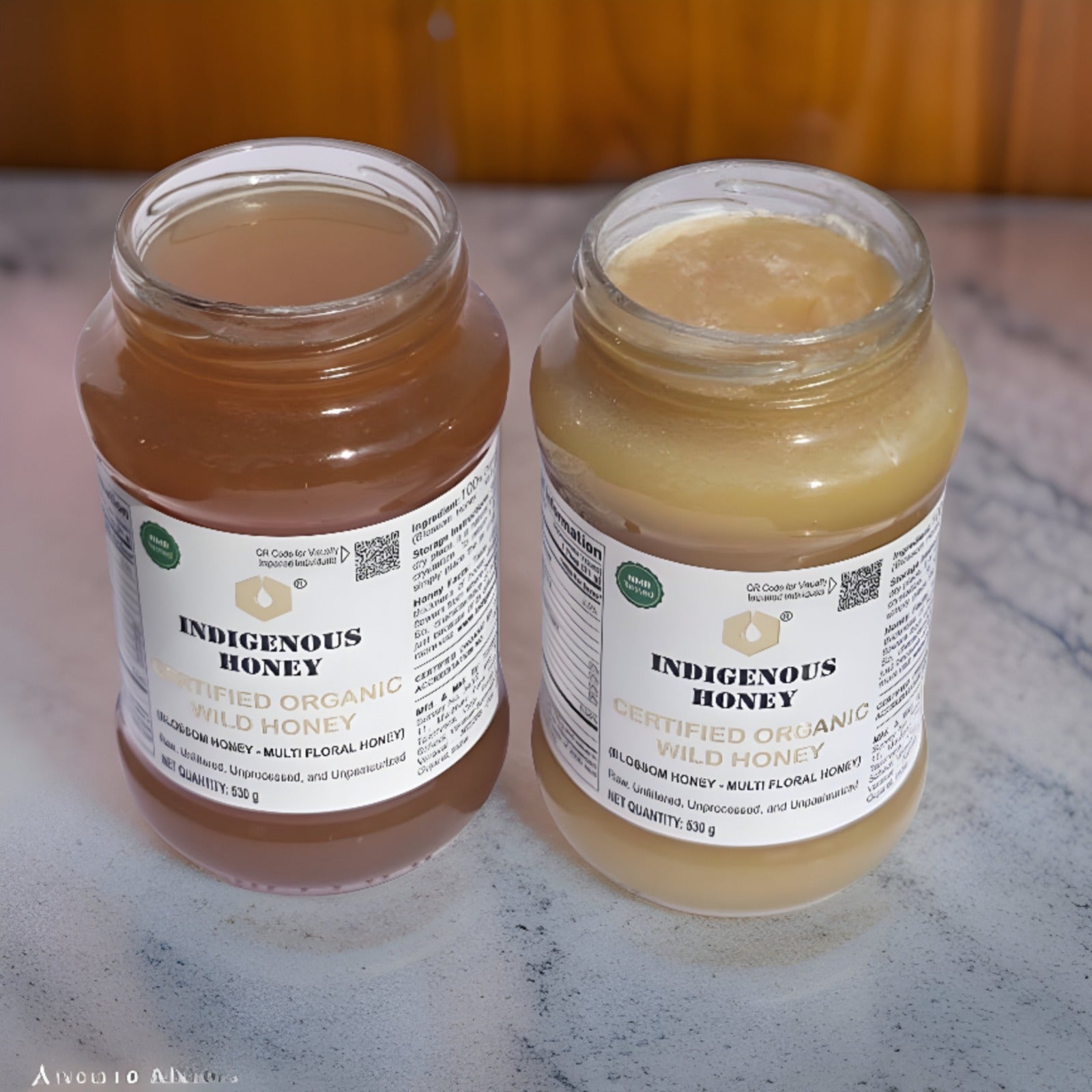

Reveal text on scroll

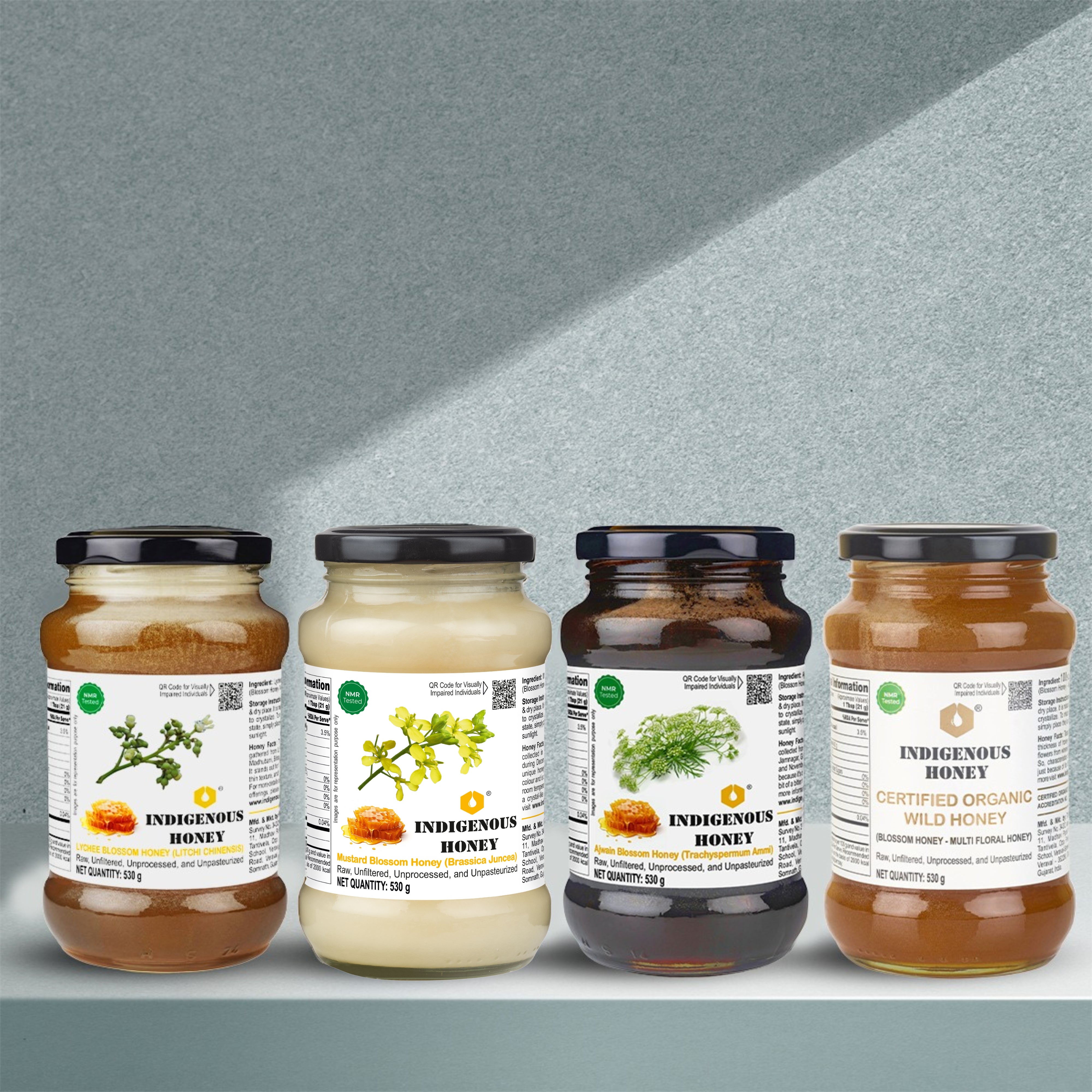
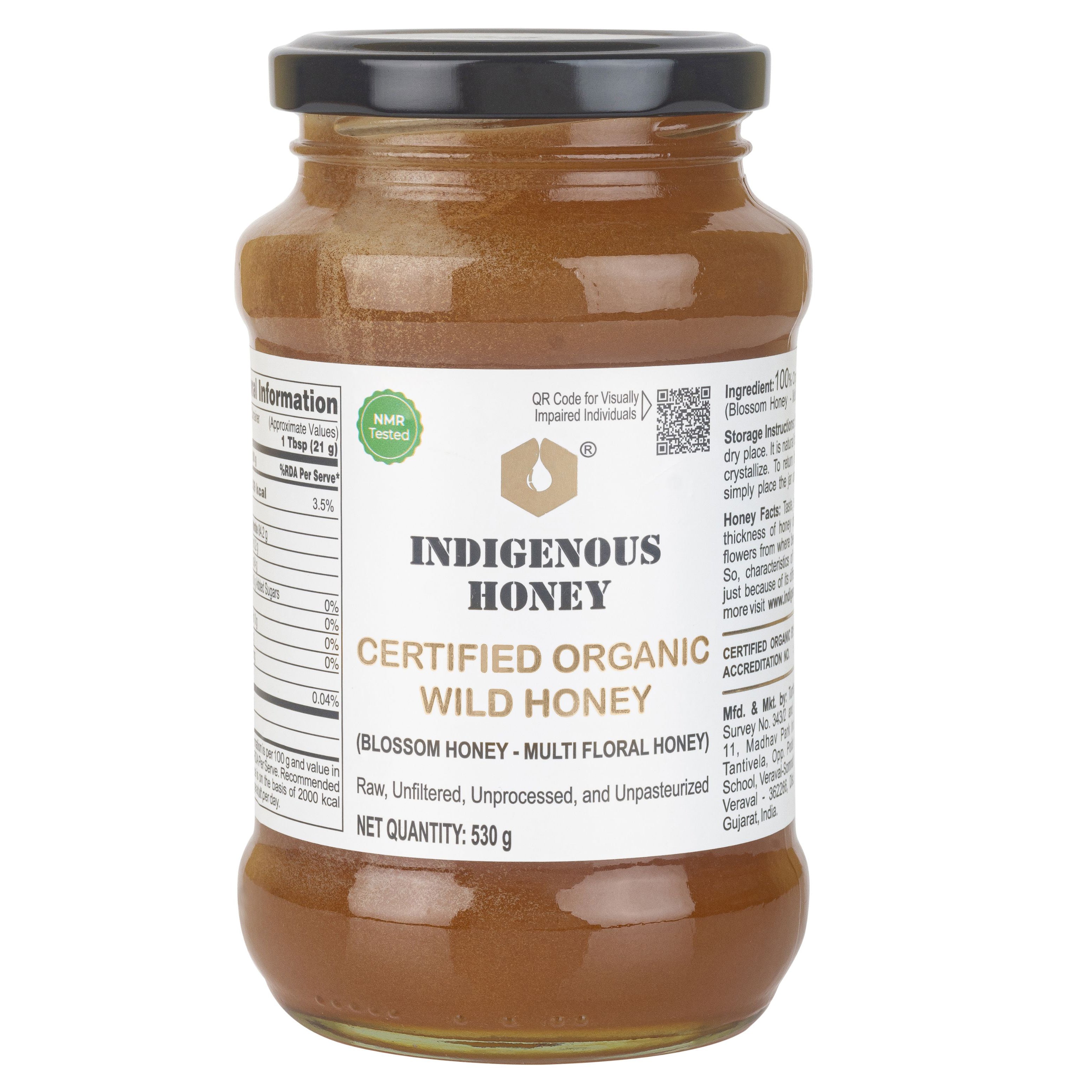
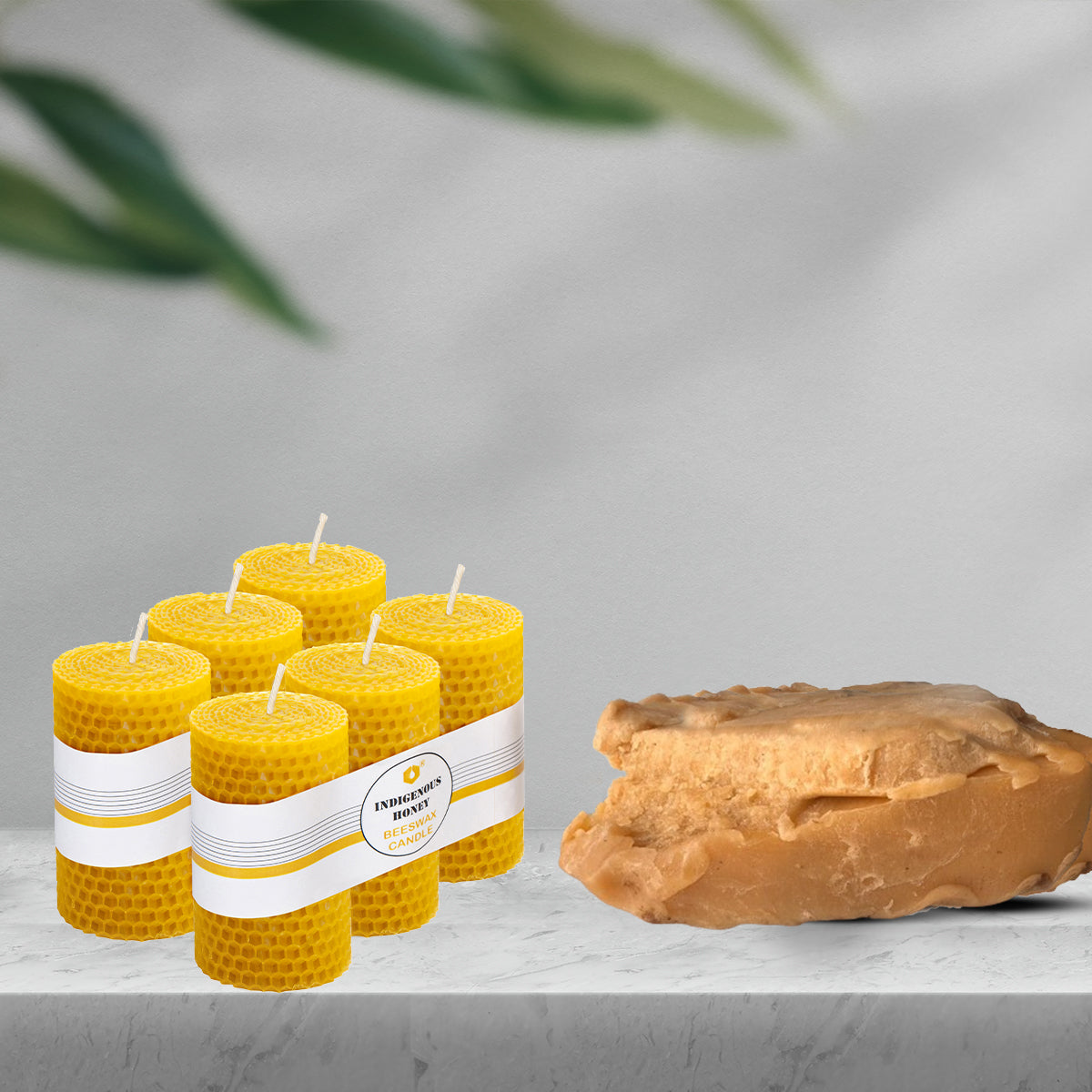
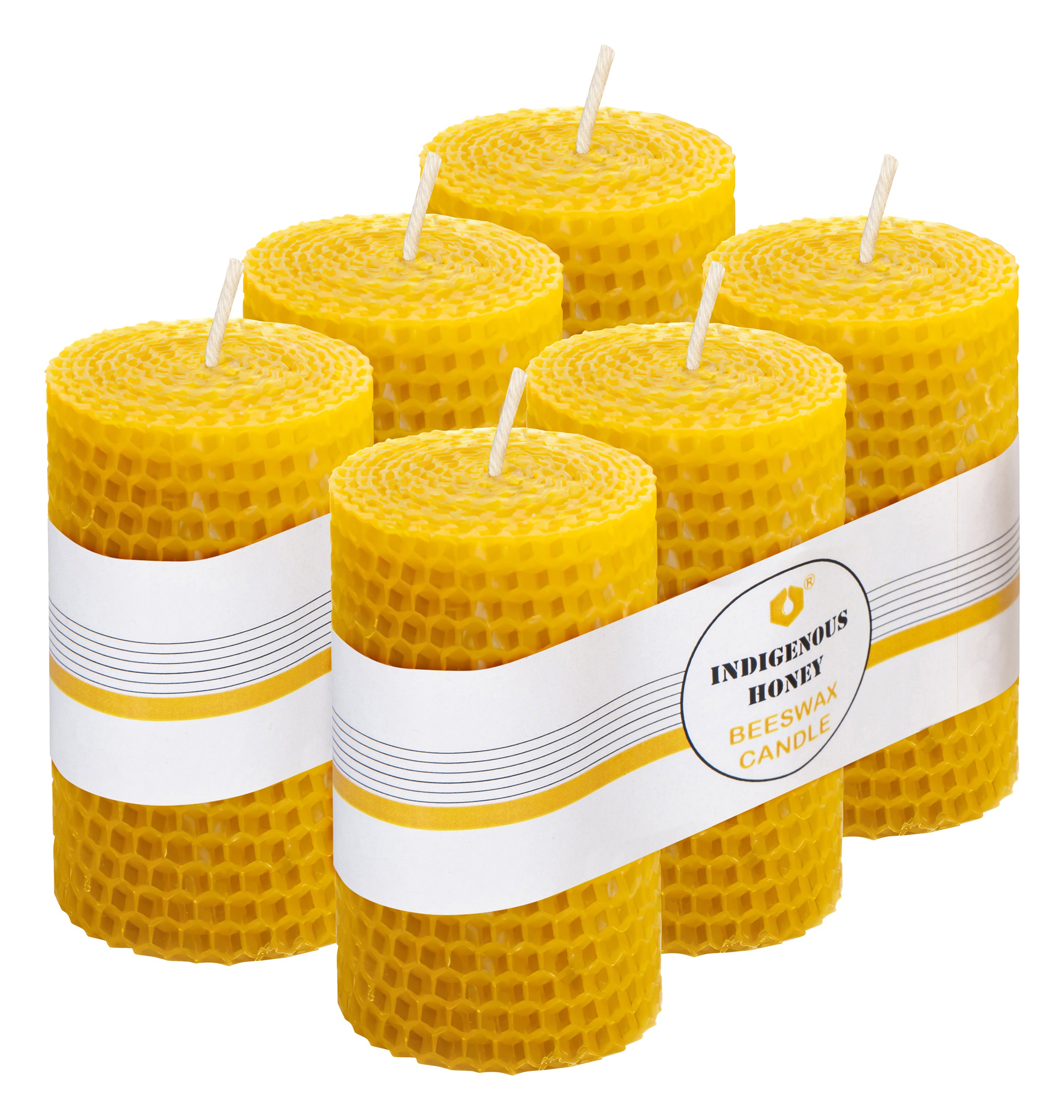
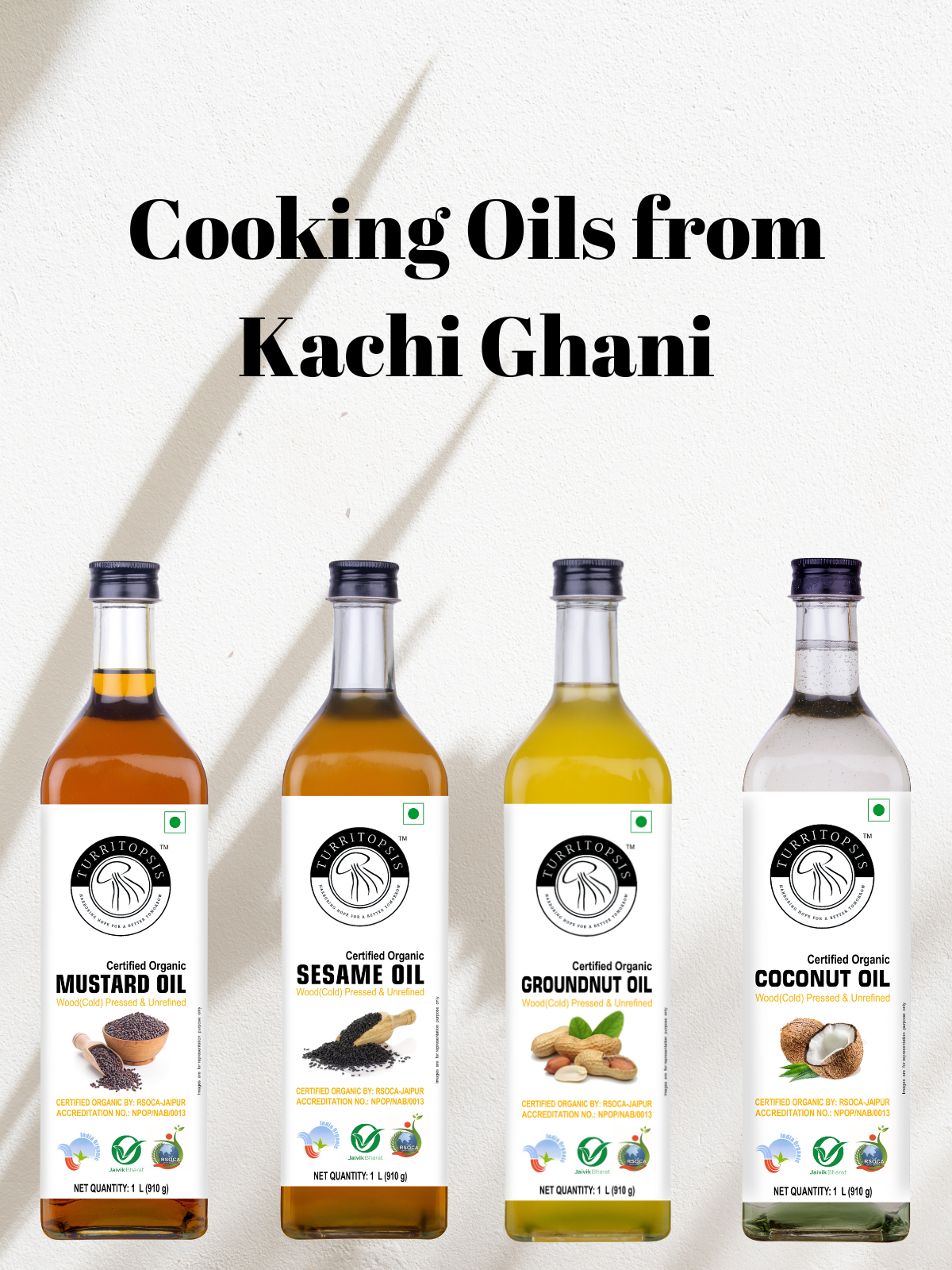
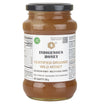
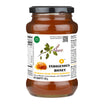
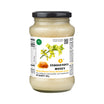
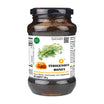
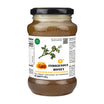

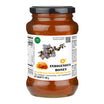
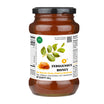
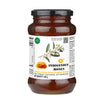

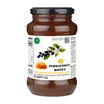
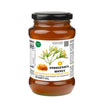
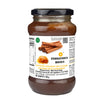
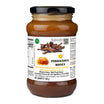
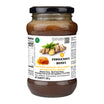
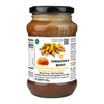

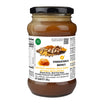
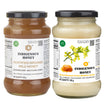
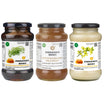
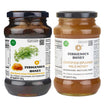
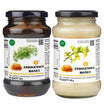
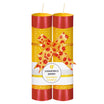
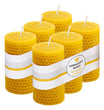
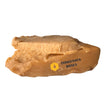

Leave a comment
All comments are moderated before being published.
This site is protected by reCAPTCHA and the Google Privacy Policy and Terms of Service apply.